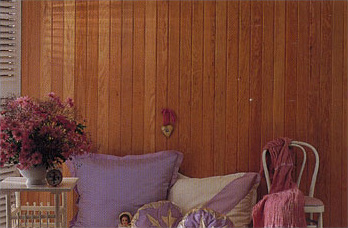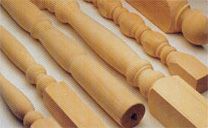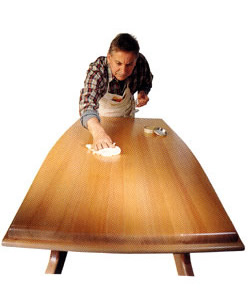Western Hemlock and Amabilis fir are difficult to distinguish visually in lumber form and are marketed together. The wood is light in color with a pinkish to reddish-brown tinge. The annual rings are distinct and the transition from earlywood to latewood is subtle. It has a straight, even grain with a medium to fine texture.

Physical properties for both species are similar. The wood is moderately hard and strong with high bending strength, shear strength and stiffness. It is slightly resistant to decay and very easy to treat.
Pacific Coast Hemlock dries slowly, holds its shape well during the process, and exhibits little tendency to check. It machines satisfactorily, sands smoothly, glues easily, and has high nail and screw holding ability. Its painting and staining characteristics are very good.
Widely available in all domestic and export markets.
Primary products in different metric and imperial sizes and lengths. Cut stock, patterned stock, mouldings, flooring, panelling, doors and door components, window components, staricase components, ladder stock, turning square blanks, finished boards, veneer.



